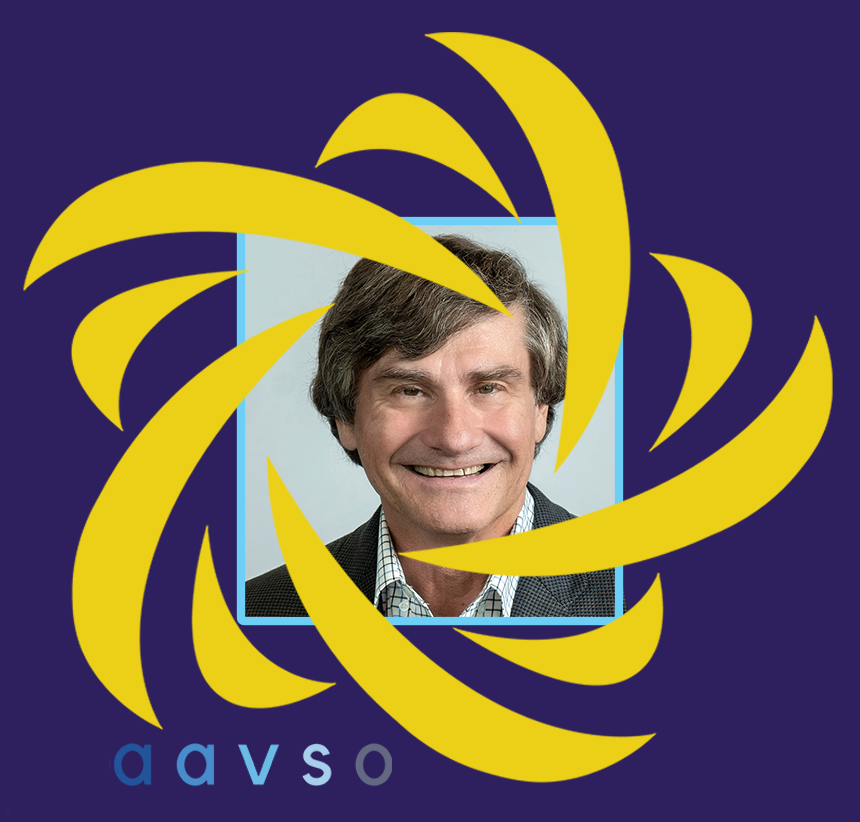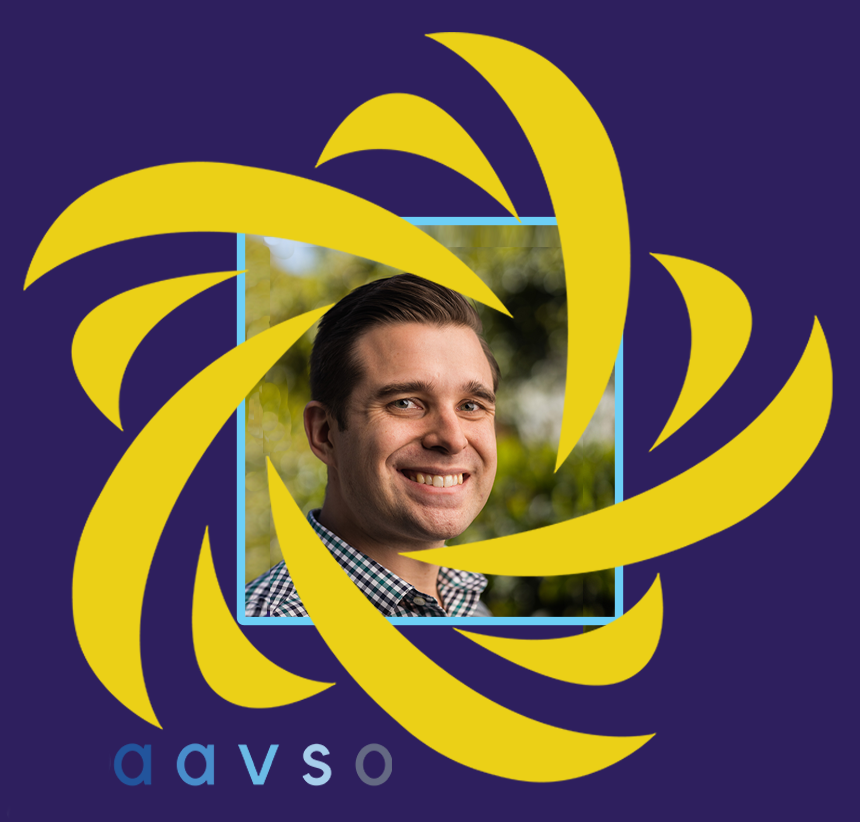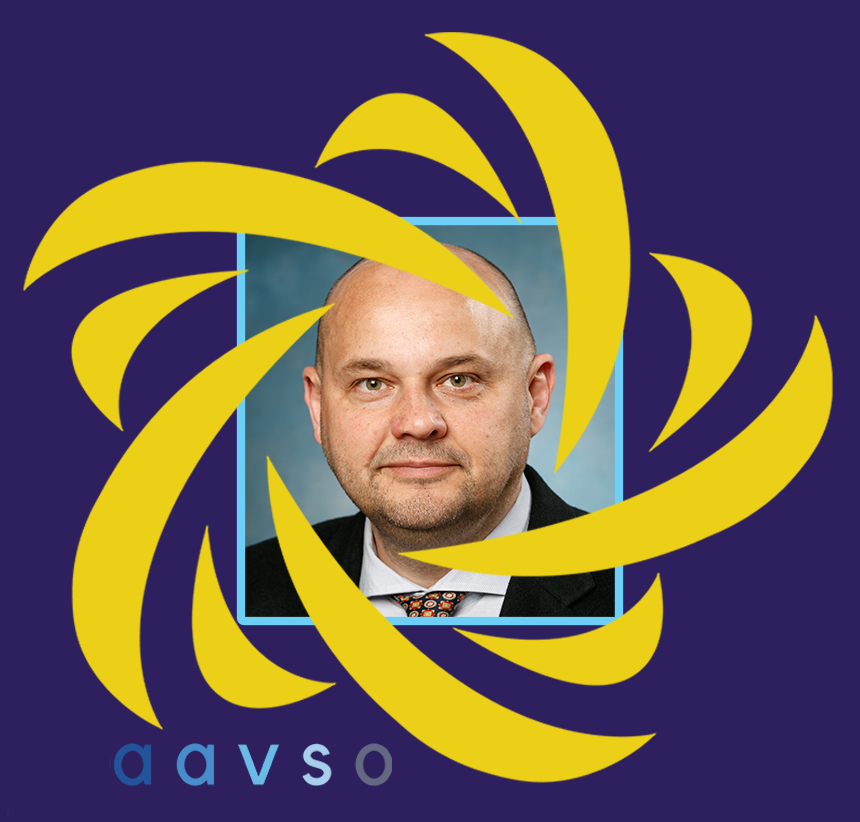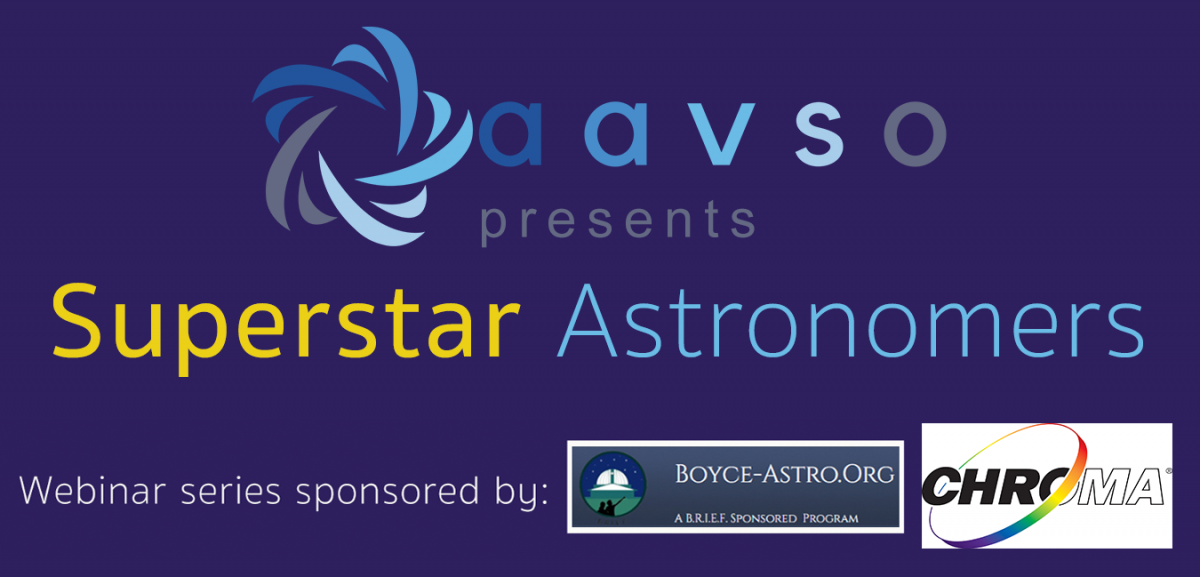|
https://boyce-astro.org/ https://www.chroma.com
[Go to 2022 webinars]
October 15, 2022:
Dr. Alex Filippenko
 |
is an elected member of both the National Academy of Sciences and the American Academy of Arts & Sciences, and is one of the world’s most highly cited astrophysicists. He was the only person to have been a member of both teams that revealed the accelerating expansion of the Universe. Voted by students as the “Best Professor” on the UC Berkeley campus a record nine times, in 2006 he was named the Case/Carnegie National Professor of the Year among doctoral institutions, and in 2022 he received the AAS Education Prize. He has produced five astronomy video courses with The Great Courses, coauthored an award-winning astronomy textbook, and appears in more than 120 television documentaries.
|
September 24, 2022:
Dr. Mike Grudić
 |
is a NASA Hubble Fellow at Carnegie Observatories in Pasadena, CA. He completed his PhD in Physics at Caltech and was previously a CIERA Postdoctoral Fellow at Northwestern University. He is a founding member of the STARFORGE collaboration, and specializes in the theory of star formation and developing new methods for astrophysical simulations.
|
August 27, 2022:
Dr. Jessie Christiansen
 |
is an astrophysicist with the NASA Exoplanet Science Institute at Caltech, where she searches for, characterizes, and catalogues planets orbiting other stars. She is the lead scientist on the NASA Exoplanet Archive, and has worked on the NASA Kepler, K2, and now TESS missions, to characterize the demographics of exoplanets, and to find and study the nearest planetary systems to Earth – systems that will be perfect for further study with the next generation of ground- and space-based telescopes.
|
July 23, 2022:
Dr. Michelle Thaller
 |
is an astrophysicist with over two decades of science communication experience. Her research involves the lifecycles of stars, and she has worked at the Jet Propulsion Laboratory, NASA Headquarters, and the Goddard Space Flight Center, where she is currently the liaison between the Office of Communication and the Science Directorate. Outside her work at NASA, she has appeared in many television science programs, including How the Universe Works and Space’s Deepest Secrets. Dr. Thaller has done two TEDx talks about astronomy, and has hosted the podcast Orbital Path on public radio.
|
June 25, 2022:
Dr. Krzysztof Stanek
 |
leads the ASAS-SN project, in collaboration with other astronomers. He is an astronomy professor and University Distinguished Scholar at Ohio State University. His expertise lies in supernovae & gamma ray bursts, galactic structure, and time-domain astrophysics. Dr. Stanek was one of the recipients of the AAS Beatrice M. Tinsley Prize in 2020 for the efforts on ASAS-SN.
|
May 28, 2022:
Dr. Adam Riess
 |
studied the accelerating expansion of the universe, with his observations earning him the 2011 Nobel Prize in Physics. He is a Bloomberg Distinguished Professor, the Thomas J. Barber Professor in Space Studies at Johns Hopkins with a joint appointment with the Space Telescope Science Institute. He is an observational cosmologist and a member of the National Academy of Sciences. Dr. Riess is also a past winner of a MacArthur Grant, the Breakthrough Prize in Physics, the Einstein Medal, the Shaw Prize, and the Gruber Prize.
|
April 23, 2022:
Dr. Jocelyn Bell Burnell
 |
inadvertently discovered pulsars as a graduate student in radio astronomy in Cambridge, opening up a new branch of astrophysics—work recognized by the award of a Nobel Prize to her supervisor.
Dr. Burnell has subsequently worked in many roles in many branches of astronomy, working part-time while raising a family. She is now a Visiting Academic in Oxford, and the Chancellor of the University of Dundee, Scotland. She has been President of the UK’s Royal Astronomical Society, in 2008 became the first female President of the Institute of Physics for the UK and Ireland, and in 2014, the first female President of the Royal Society of Edinburgh. She was one of the small group of women scientists that set up the Athena SWAN scheme.
Dr. Burnell has received many honors, including a $3M Breakthrough Prize in 2018.
|
| The public appreciation and understanding of science have always been important to Dr. Burnell, and she is much in demand as a speaker and broadcaster. In her spare time, she gardens, listens to choral music, and is active in the Quakers. She has co-edited an anthology of poetry with an astronomical theme—"Dark Matter; Poems of Space." |
March 26, 2022:
Dr. Emily Levesque
 |
is an astronomy professor at the University of Washington. Her work explores how the most massive stars in the universe evolve and die. She has observed for upwards of fifty nights on many of the planet’s largest telescopes and flown over the Antarctic stratosphere in an experimental aircraft for her research. Her academic accolades include the 2014 Annie Jump Cannon Award and the 2020 Newton Lacy Pierce Prize from the American Astronomical Society. She recently published her first popular science book, The Last Stargazers, which takes readers on a behind-the-scenes tour through the world of professional astronomy.
|
February 26, 2022:
Dr. Margarita Karovska
 |
(Center for Astrophysics | Harvard & Smithsonian)
Starting with her PhD Thesis on Betelgeuse, Dr. Karovska has used both spectroscopic and high-spatial resolution imaging techniques to study astronomical sources ranging from our Sun and young stellar objects, to evolved variable stars and binary systems, to SN187A and other supernovae remnants, to extragalactic sources including active galactic nuclei. Recent observing campaigns have focused especially on physical characteristics of accretion in systems at scales ranging from stellar interacting binaries to supermassive blackhole environments. Her studies of variable stars and stellar systems, including evolved giants and supergiants and symbiotic systems containing hot accreting companions, are greatly assisted by the AAVSO data bank of long-term observations and by monitoring campaigns.
|
| Dr. Karovska’s association with AAVSO spans over three decades, and includes service on the Council. She has been a member of the Solar Heliospheric Observatory (SOHO) and the Chandra X-ray Observatory teams, and is one of the leads of the Stellar Imager Vision mission team. She has led numerous collaborative projects using multi-mission ground- and space-based observations, at wavelengths ranging from X-ray to UV-optical to radio. |
January 22, 2022:
Dr. Jill Tarter
|

|
is the incredible scientist who is the inspiration for the main character in Carl Sagan's novel, "Contact" (which later became a motion picture starring Jodie Foster). Dr. Tarter is chair Emeritus for NASA's SETI Research, and presently, is on the management board for Hat Creek Radio Observatory's Allen Telescope Array. She earned her Ph.D. in Astronomy from the University of California, Berkeley, and her career has included heading a variety of radio observation programs around the world and successfully fundraising for research.
Tarter's research, along with her dedication and leadership, have earned her numerous accolades over the years, including Women in Aerospace's Lifetime Achievement Award, Chabot Observatory’s Person of the Year award, and Telluride Tech Festival's 2001 Tesla Award of Technology. She was also awarded the prestigious honor of being included in Time Magazine's 100 Most Influential People in the World in 2004.
|
|
Tarter also has an active passion for educating, and her past participation in the field extends to being Principal Investigator for National Science Foundation-and NASA-funded curriculum development projects at the elementary through high school level.
(For a more complete biography of Dr. Tarter, please visit https://www.seti.org/our-scientists/jill-tarter).
|
|
|












